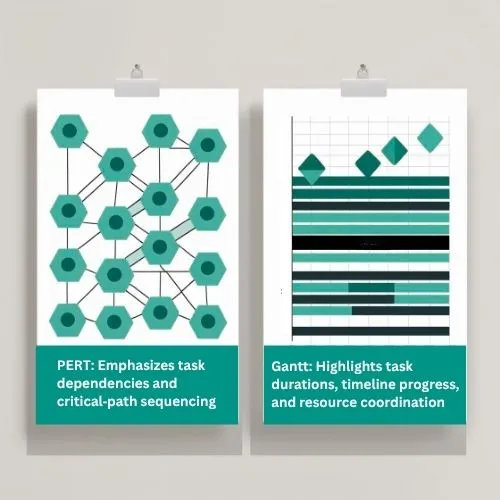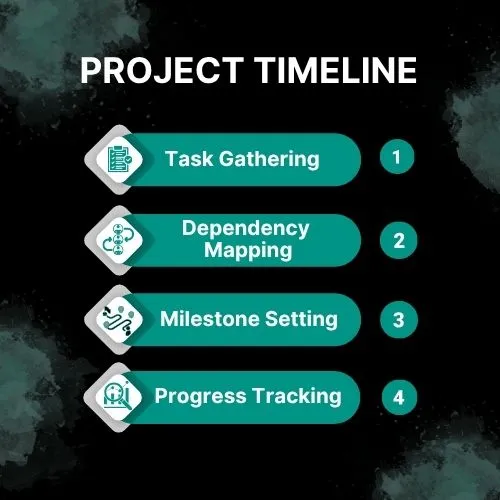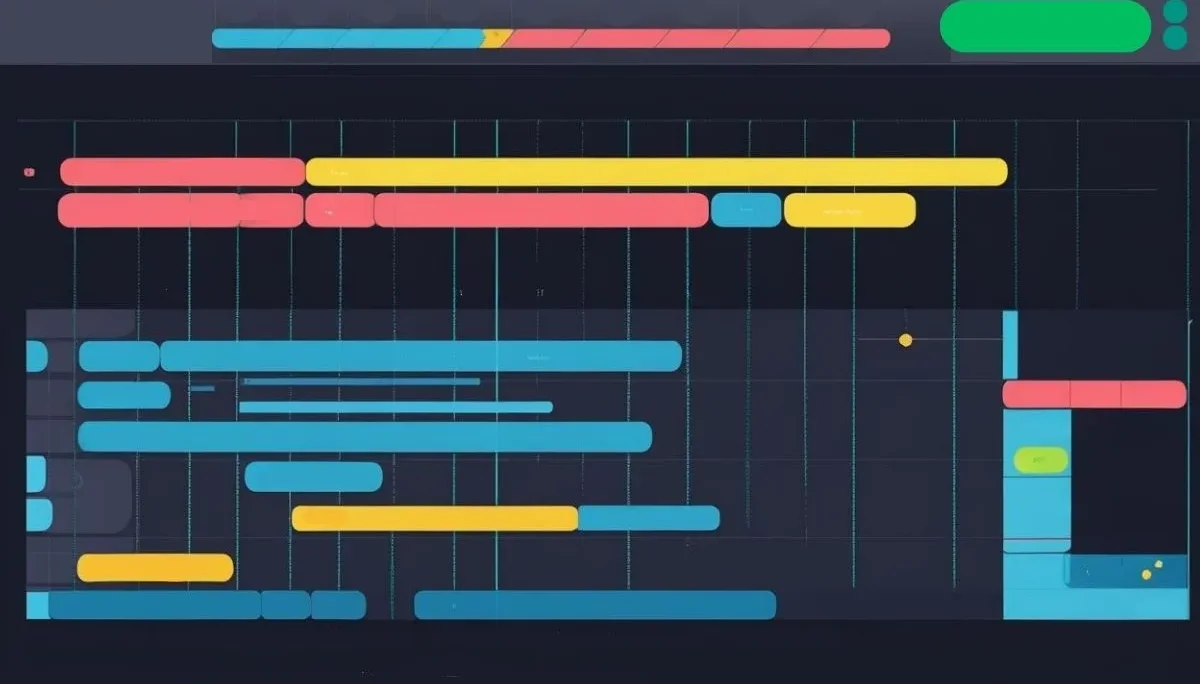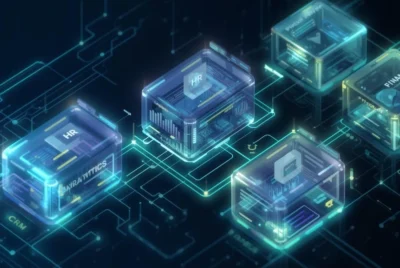Project management is all about overseeing every aspect of a project from start to finish. One of the most common concerns for project managers is time. Completing a project on schedule and within budget is always a top priority.
By creating a clear, well-structured timeline, project managers can reduce miscommunication, avoid delays, and prevent budget overruns. A project timeline helps ensure everyone involved stays on track and delivers their tasks on time. So, what exactly is a project timeline—and how do you make one? Let’s explore.
What Is a Project Timeline?
A project timeline outlines when to start a project and when it should be completed. It visually displays all the key milestones, deadlines, and due dates from the beginning to the end of the project.
It’s often confused with a project schedule, but they’re not the same. A project schedule breaks down tasks in detail, whereas a project timeline highlights important dates and milestones on a visual chart.
Benefits of a Project Timeline
- Clear communication with stakeholders.
- Easier progress tracking and resource allocation.
- Automation-friendly with many modern project management tools.
Types of Project Timelines
Here are two common types of project timelines widely used in project management:
1. PERT Chart
A PERT (Program Evaluation Review Technique) chart is based on task dependencies and overall duration. It uses the critical path method to determine the shortest possible time to complete the project, based on the relationship between tasks.
2. Gantt Chart
Similar to PERT, a Gantt chart displays task dependencies but adds a visual layer of overlapping tasks. It ensures one task finishes before the next dependent one begins, making it easier to manage concurrent activities.

Key Elements of a Well-Structured Project Timeline
A strong timeline includes the following components:
- Starting and Ending Dates: Clearly defined calendar dates for project launch and delivery.
- Tasks: All work that needs to be completed, often broken down via a Work Breakdown Structure (WBS).
- Milestones: Critical checkpoints such as project phases, progress reviews, or key delivery dates.
- Dependencies: Relationships between tasks that dictate their order of execution.
Building a Comprehensive Project Timeline
Project timelines can be created using a variety of project management software tools. These platforms make it easier to visualise task dependencies and track progress.

Here’s how to create your timeline, even if drawing it by hand:
- Gather project plans and tasks based on your Work Breakdown Structure.
- Identify task dependencies to determine the order in which tasks should be completed.
- Set realistic start and end dates, and add key milestones.
- Plot dependent tasks across the timeline, assigning timeframes for each.
- Track progress regularly and adjust as necessary.
- Communicate the timeline clearly to all stakeholders, ensuring everyone understands their roles.
Final Thoughts
In summary, a project timeline defines when a project should start and end, while considering the interdependencies between tasks. Whether created through software or manually, a timeline helps keep everyone aligned and ensures smoother delivery.
Key steps include creating the timeline, communicating it effectively, and continuously controlling it. Clear roles, engagement protocols, and risk management plans must also be shared across stakeholders to ensure success.





